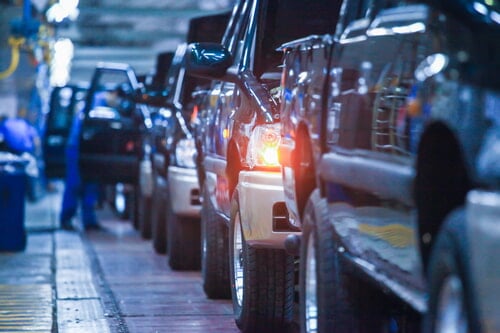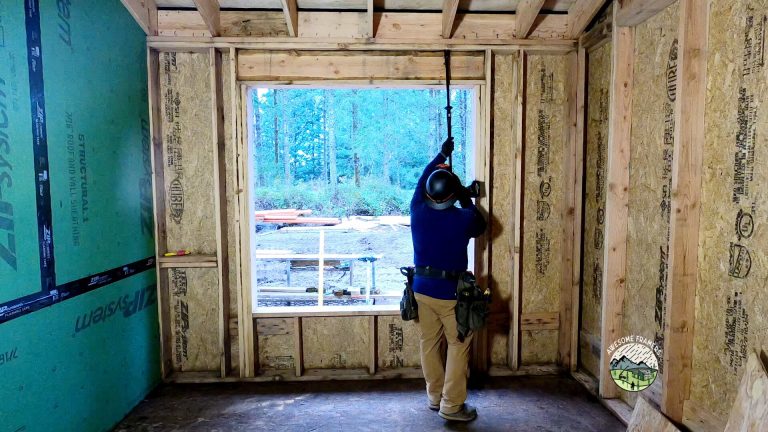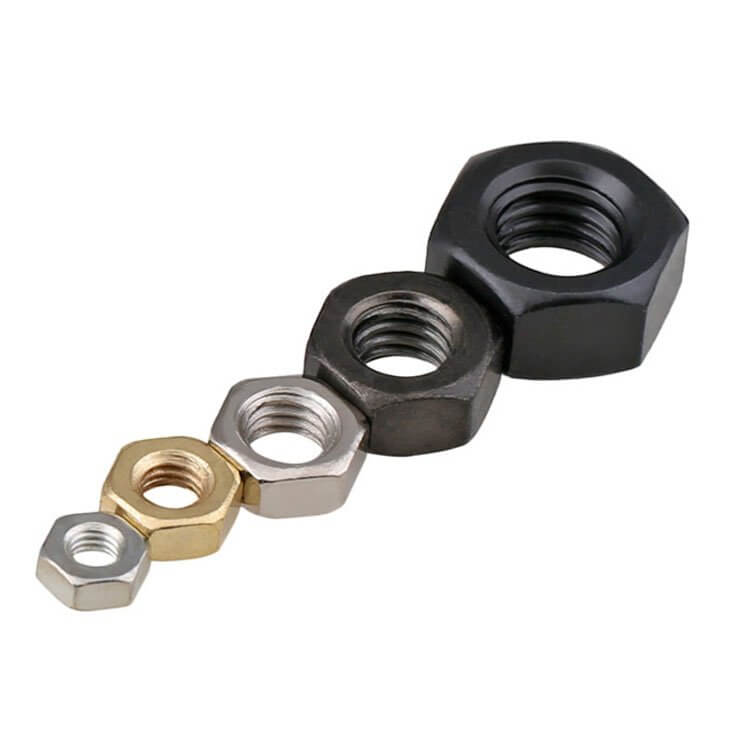Vehicle Manufacturing Industry
Hand Tools

Vehicle Manufacturing Industry
From the horseless carriage to the newest vehicles on the road today, passenger cars keep improving. And with the improvements comes more workers and machines at manufacturing plants. When Ford started making vehicles, everything was hand-built – and cost a lot more. Now we have assembly lines, presses, and other machines to do a lot of the repetitive work, especially heavy work.
Working with machines and on assembly lines isn’t without its hazards. In fact, working in the vehicle manufacturing industry can be quite dangerous because of the machines. Since automobiles are a necessity in many parts of the country, workers in the vehicle manufacturing industry won’t have to worry about their jobs.
Vehicle Manufacturing
Vehicle manufacturing covers many types of vehicles with four wheels. The NAICS 336111 definition states that in addition to having four wheels, the vehicle is used to transport passengers and has no more than nine seats, including the driver’s seat. Types of passenger cars include:
- Coupes: Sporty-looking vehicles with a sloping rear roof line and only two seats in the rear.
- Hatchbacks: These vehicles have a rear door that swings upward to provide access to cargo space.
- EV: Electric vehicles.
- Hybrid vehicles: These vehicles combine battery power and fuel power to propel the vehicle. When the battery power runs out, the internal combustion engine takes over.
- Sedans: These cars have cargo space, passenger space, and engine space.
- Wagons: Sedans with a large cargo area and a rear tailgate. The space they have, in most cases, as much space as an SUV.
Sub-industries to vehicle manufacturing include:
- Light truck and utility vehicle manufacturing.
- Heavy-duty truck manufacturing, including buses, coaches, and heavy trucks.
Vehicle Manufacturing and Assembly Process
While a lot of the vehicle manufacturing and assembly process is no longer done by hand, human workers must still monitor machines and assemble some parts by hand. Those working in automobile manufacturing jobs are exposed to hazards such as punctures, crush injuries, face and eye injuries, chemical burns, thermal burns, and more.
Wearing the appropriate personal protective equipment while at work significantly reduces the risk of injuries in the manufacturing and assembly process. Assembly lines allow each worker to have a small job – this makes vehicle assembly much faster while contributing to the safety of the workers.
Vehicle assembly varies from manufacturer to manufacturer, but certain steps, including inspection and safety, are included in all manufacturers’ assembly processes.
The start of a vehicle is a massive roll of metal, whether steel or aluminum or other metals used in building a vehicle. Workers cut blanks from the material; then the tool-die makers feed the blanks into presses to make the floors, panels, rear frame, bumpers and other parts of the vehicle. Workers then move the stamped parts onto welding robots.
Stamped metal is sharp, so workers need the highest protection offered in gloves. The welding robots can’t reach all of the areas that need to be welded, so humans must make those welds. They need welding clothing, welding gloves, and welding shields to protect themselves against the hot sparks.
As the vehicle goes through the process, workers must grind out burrs and buff the welds as part of the quality inspections. They should wear protective clothing to keep themselves from getting cut or otherwise injuries.
Once the body completes the assembly process, it goes to the painting process. Machines dip the body into chemicals that prevent it from rusting. Then it is primed, painted and sealed. When working with chemicals, workers should wear clothing to protect them from the chemicals, including gloves and protective clothing.
The engine for the vehicle is built while the vehicle body is going through its assembly process. As this is taking place, workers fit instrument panels, body glass and steering columns into the bodies.
The vehicle assembly process then concentrates on the underside of the vehicle, including fuel lines, fuel tanks, brake lines, exhaust and other components. During or at the end of this process, the engine and transmission are assembled into the vehicle. Workers need protective clothing, gloves and face and eye protection, as they need to be careful of sparks, residual oil on the engine and transmission, and other chemicals.
During the final stage, workers use power tools to install the dashboard, seats, upholstery and more. Finally, the vehicle goes through a final inspection. Once inspected, workers fill up the fluids, including transmission fluid, oil, brake fluid, power steering fluid, refrigerant, fuel, and coolant. The vehicle is then transported to the warehouse, where it will be shipped to dealerships for purchase.
Contact Abolox for Personal Protective Equipment
Vehicle manufacturers and assemblers need PPE, including face protection, gloves, and protective clothing to minimize the risk of injury while working on assembly lines. Abolox carries the PPE that you need to protect yourself. If you don’t see what you need, contact us, and we will source it for you.


